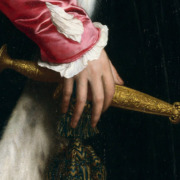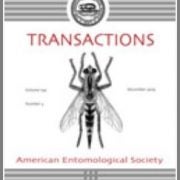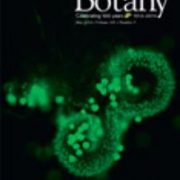A closer look at Hans Holbein’s “The Ambassadors”

Hans Holbein the Younger | Jean de Dinteville and Georges de Selve (‘The Ambassadors’) | 1533 | The National Gallery, London | Photograph ©The National Gallery, London
Hans Holbein the Younger’s “The Ambassadors” of 1533 is well known for its anamorphic image of a skull in the foreground, but upon close perusal, the objects on the table between the two subjects prove just as fascinating.
To start with, the painting memorializes Jean de Dinteville, French ambassador to England, and his friend, Georges de Selve, who acted on several occasions as French ambassador to the Republic of Venice, to the Pope in Rome, and to England, Germany, and Spain.
The upper shelf, which is concerned with the the heavens, includes a celestial globe, a portable sundial, and various other instruments used for understanding the heavens and measuring time, while the lower shelf, which reflects the affairs of the world, holds musical instruments, a hymn book, a book of arithmetic, and a terrestrial globe.
- Hans Holbein the Younger | Jean de Dinteville and Georges de Selve (‘The Ambassadors’); Detail | 1533 | The National Gallery, London | Photograph ©The National Gallery, London
- Hans Holbein the Younger | Jean de Dinteville and Georges de Selve (‘The Ambassadors’); Detail | 1533 | The National Gallery, London | Photograph ©The National Gallery, London
Holbein painted “The Ambassadors” during a particularly tense period marked by rivalries between the Kings of England and France, the Roman Emperor, and the Pope. Furthermore, the French church was split over the question of the Reformation. The religious and political strife was reflected symbolically in the details of the painting. Among them:
- A crucifix is half-obscured by a green curtain in the top left corner of the painting, symbolizing the division of the church.
- The broken string on the lute evokes ecclesiastical disharmony during the Reformation.
- The open book of music next to the lute has been identified as a Lutheran hymnal, and the book of mathematics is open on a page of divisions which opens with the word “Dividirt.”
There are also non-political details throughout the work, such as the ages of the sitters being written in Latin on the dagger’s sheath (Dinteville) and on the book on the top shelf (de Selve).
And we won’t even go into the complicated issues with the many scientific instruments, including apparently intentional contradictions and inconsistencies. If you are interested, we highly recommend “The Scientific Instruments in Holbein’s Ambassadors: A Re-Examination” by Elly Dekker and Kristen Lippincott in the Journal of the Warburg and Courtauld Institutes , Vol. 62, (1999), available via JSTOR.
View “The Ambassadors” in the Digital Library and remember to zoom in to see the details, and visit The National Gallery, London page in Artstor to learn about the other 2,370 stunning works in the collection.
You may also be interested in: The many questions surrounding Jan Van Eyck’s Arnolfini Portrait





